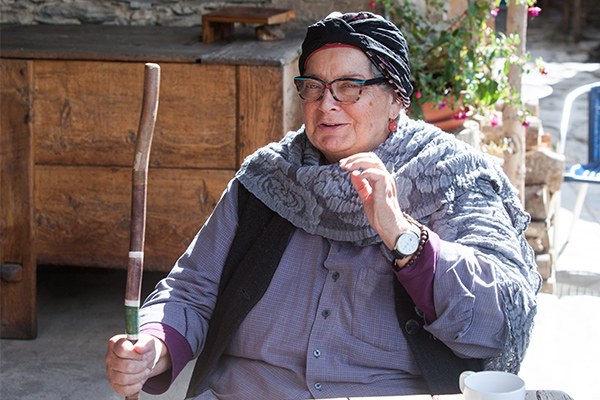News
A place of encounter
He got lost in the Piedmont Mountains en route to the south of France, where the couple from Cologne used to spend their holidays. But after that, they always spent their holidays in this remote Maira Valley before finally moving there once and for all in 1982.
‘Here everything’s possible once you’ve decided to live this way,’ says the sturdy woman with thick glasses and short grey hair. ‘This way’ refers to living in a borgo, a cluster of houses which the Schneiders have gradually bought up and renovated. Today the Centro Culturale Borgata San Martino Inferiore attracts people from near and far, particularly from Switzerland and Germany. The money for the building conversions also came from up north. The Italian banks were reluctant to endorse such a venture as they felt there wasn’t much of a future in sustainable mountain tourism; the locals, too, were quick to crack the odd joke or two: ‘If you’re so keen to get rid of your money, why not burn it? At least you’ll be warm.’
The turnaround came in 1999 with a book entitled Antipasti und alte Wege [Antipasti and ancient trails], a hiking guide by Ursula Bauer and Jürg Frischknecht. Frischknecht came across this remote side valley with the TransALPedes hiking group in 1992, the predecessor to the ‘Whatsalp’ alpine trail that runs from Vienna to Nice. By 2016 the book was in its eighth edition.
Today, thirteen years after Andreas Schneider’s death, the Cultural Centre has become a showcase for sustainable tourism, with 3,000 overnight stays a year and a capacity utilisation rate of around 70%. Above all, it has become a place of encounter, specifically in this instance for the participants in CIPRA’s I-LivAlps workshops on social innovation. And so Maria and Andreas Schneider’s dream has become a reality: ‘We always wanted to bring people together.’


